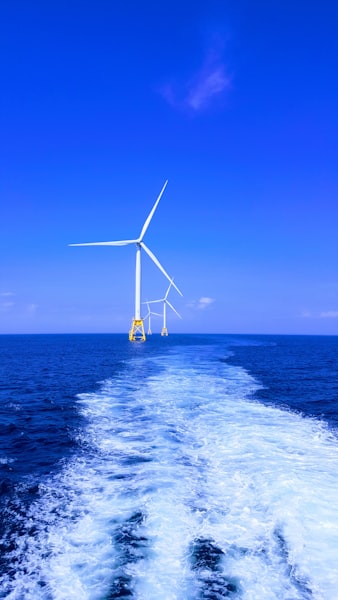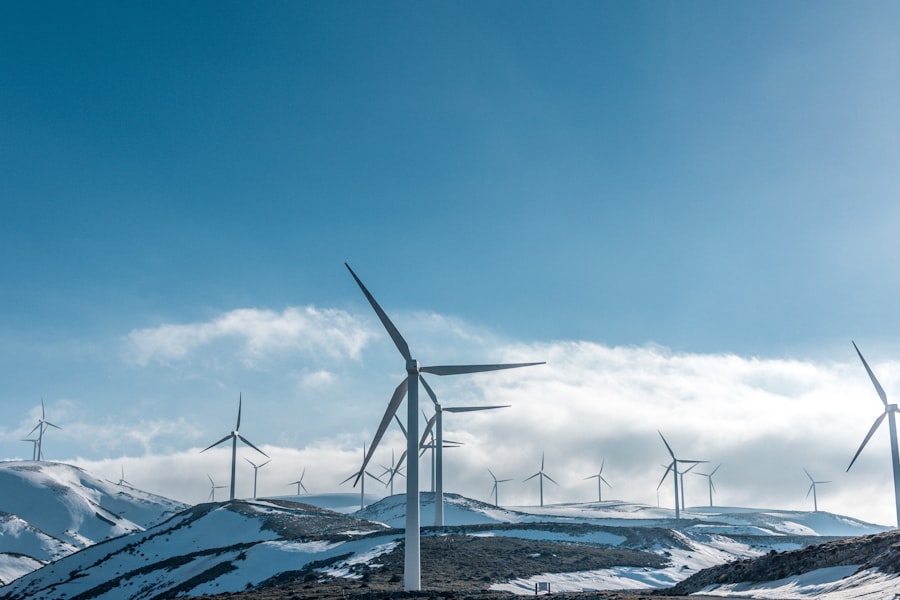
Michael Lohscheller: Harnessing the Potential of Hydrogen Technology in Trucks
Michael Lohscheller, a native of Bocholt, Germany, is the CEO of the US-based Nikola Corporation which manufactures hybrid trucks. In an interview with BBV, he expressed his belief that hydrogen technology has great potential for use in trucks. He showed a Nikola Truck being used in the Hamburg port as an example.
Hydrogen Technology: The Future of Clean Energy
Hydrogen technology is an innovative and clean energy source that has the potential to revolutionize the way we power our lives. Hydrogen fuel cells are a type of energy storage device that use hydrogen gas and oxygen to create electricity without producing any harmful emissions. This makes them an attractive option for sustainable energy production, as they can be used to generate electricity in both stationary and mobile applications. Hydrogen fuel cells also offer high efficiency and low maintenance costs, making them a cost-effective alternative to traditional fossil fuels. As the technology continues to advance, it could become a viable solution for powering homes, businesses, and even vehicles in the near future.You might also like this article: This is the title of test post. Picture source: Jason Blackeye






